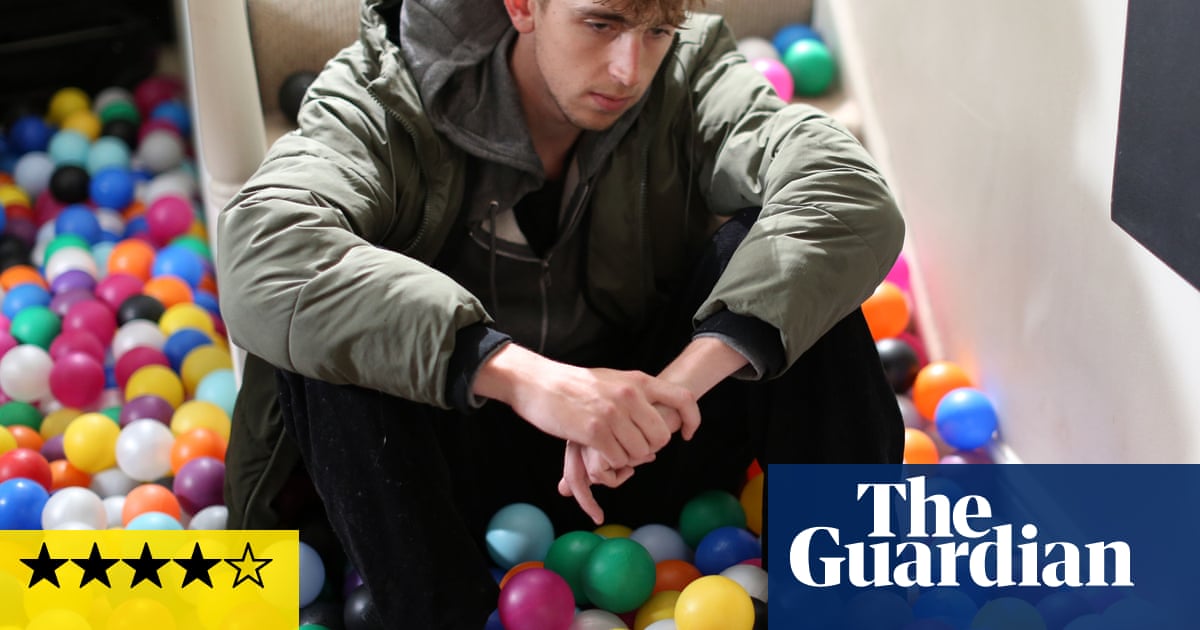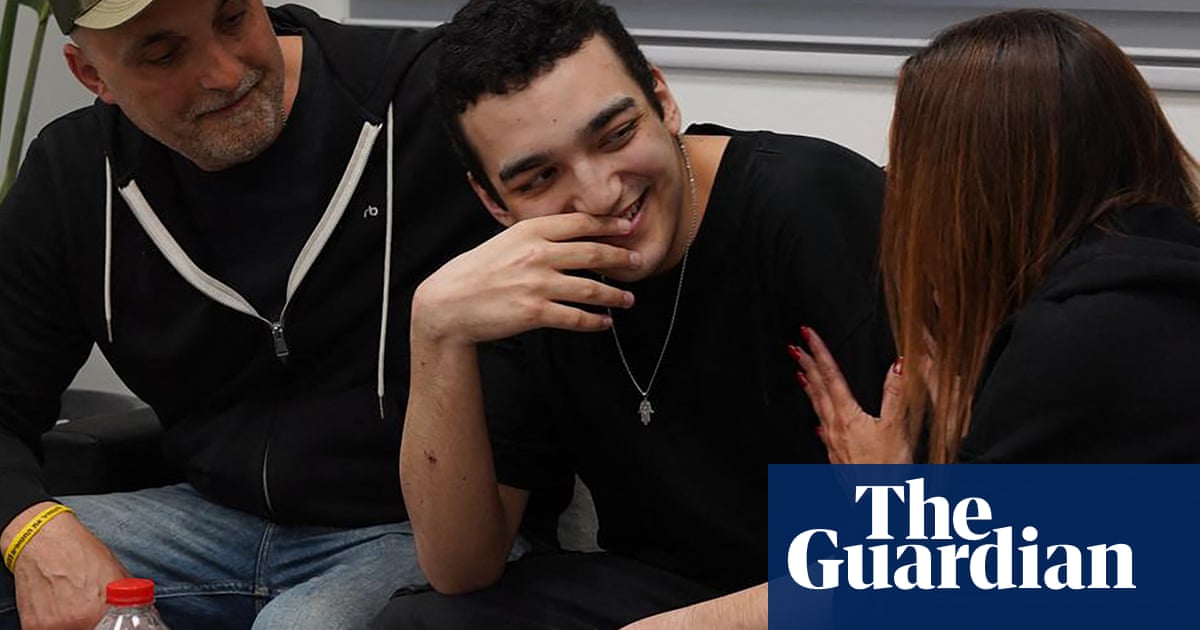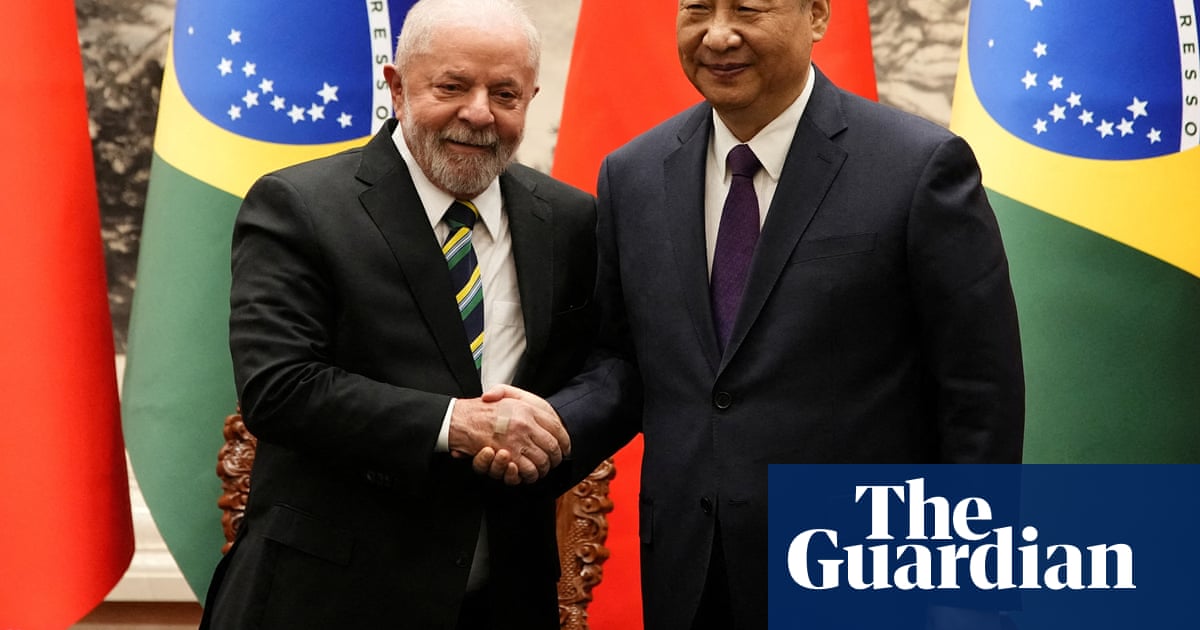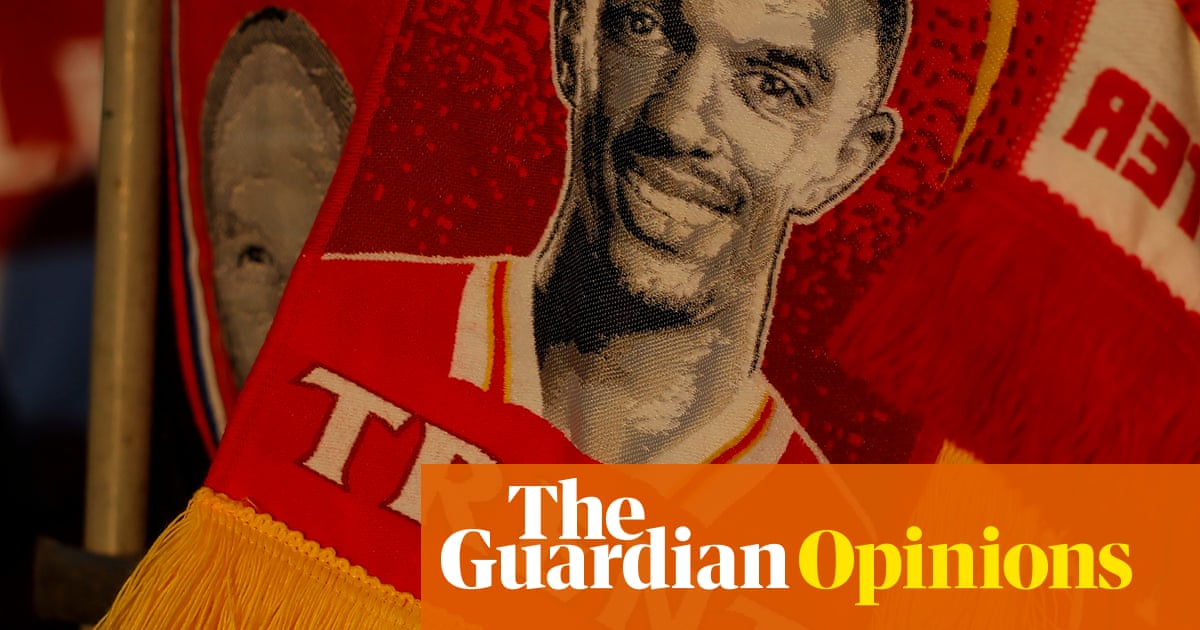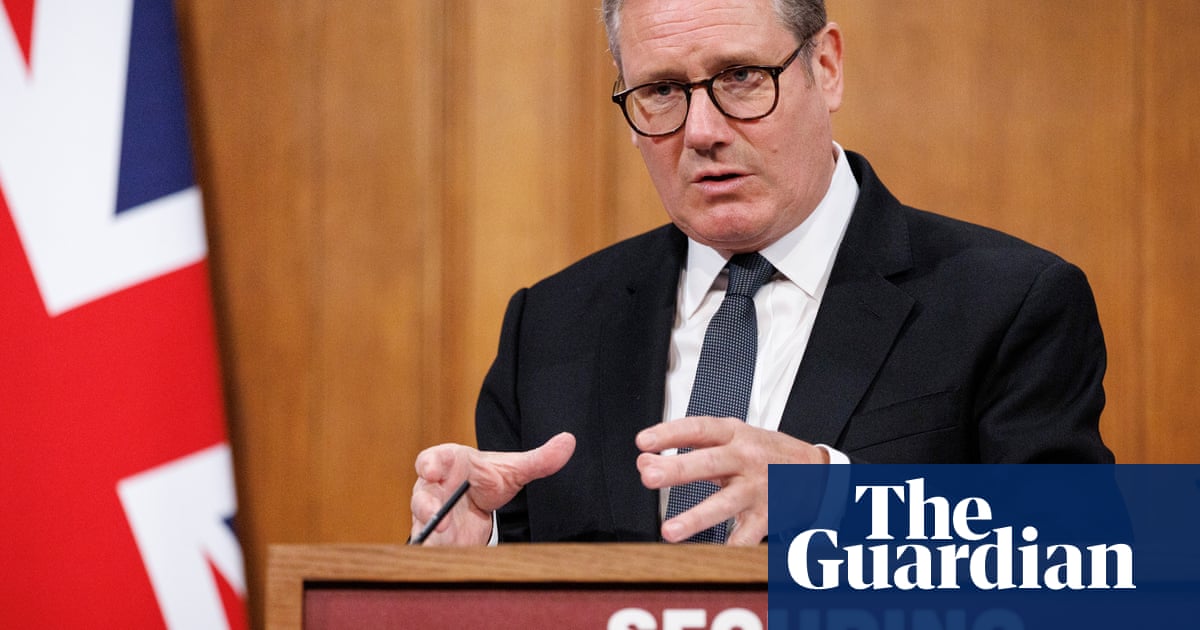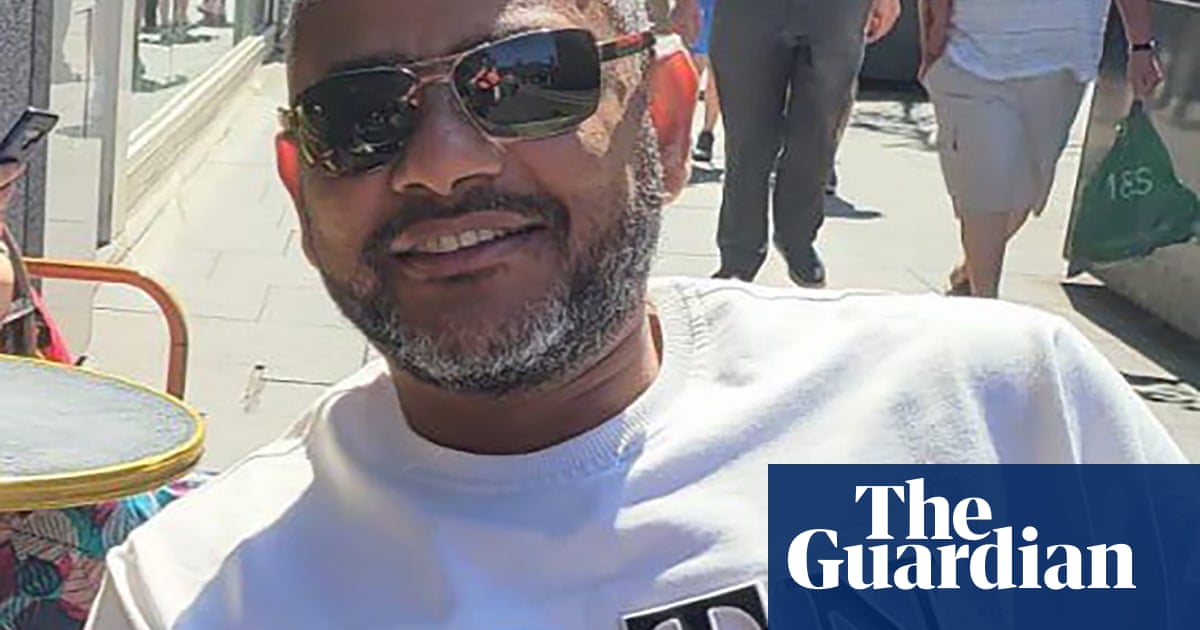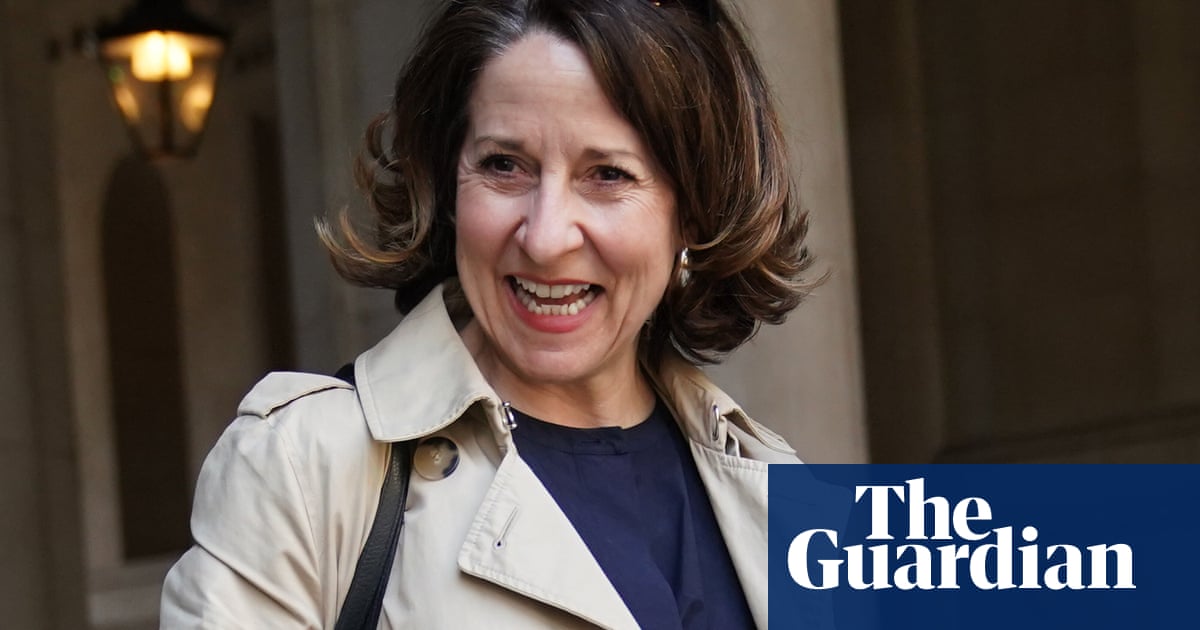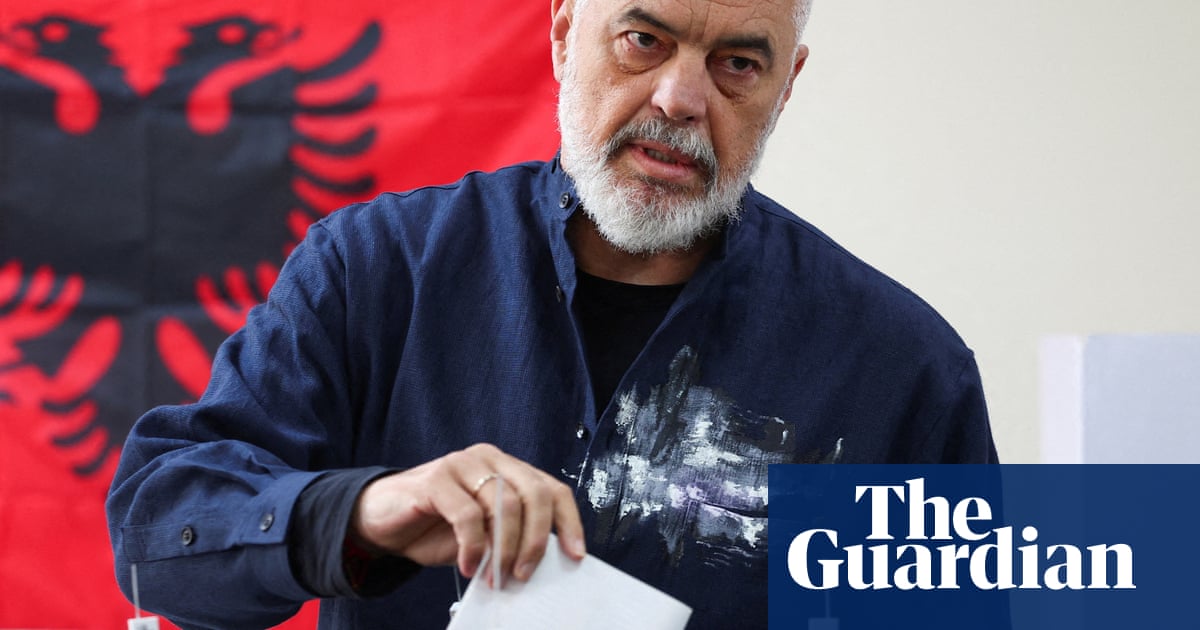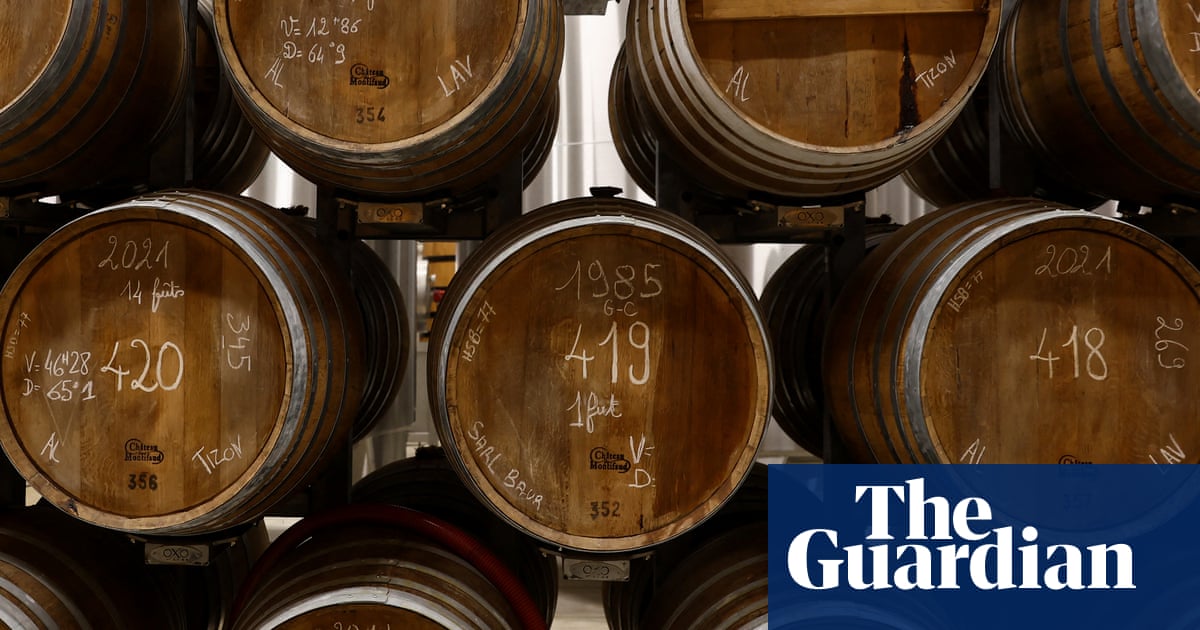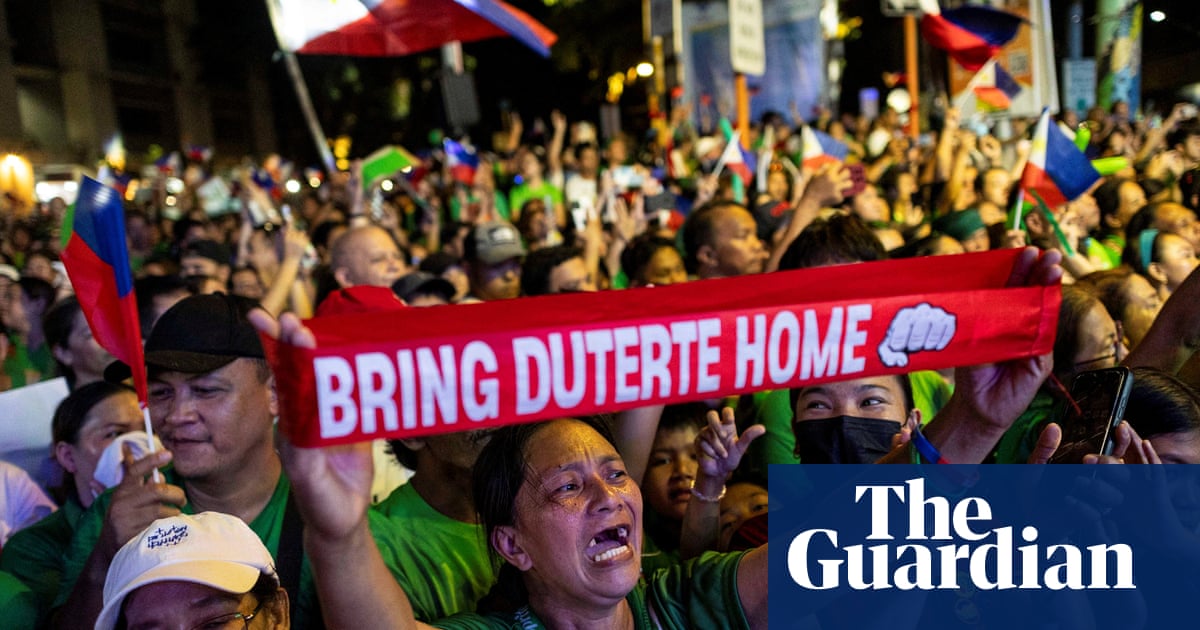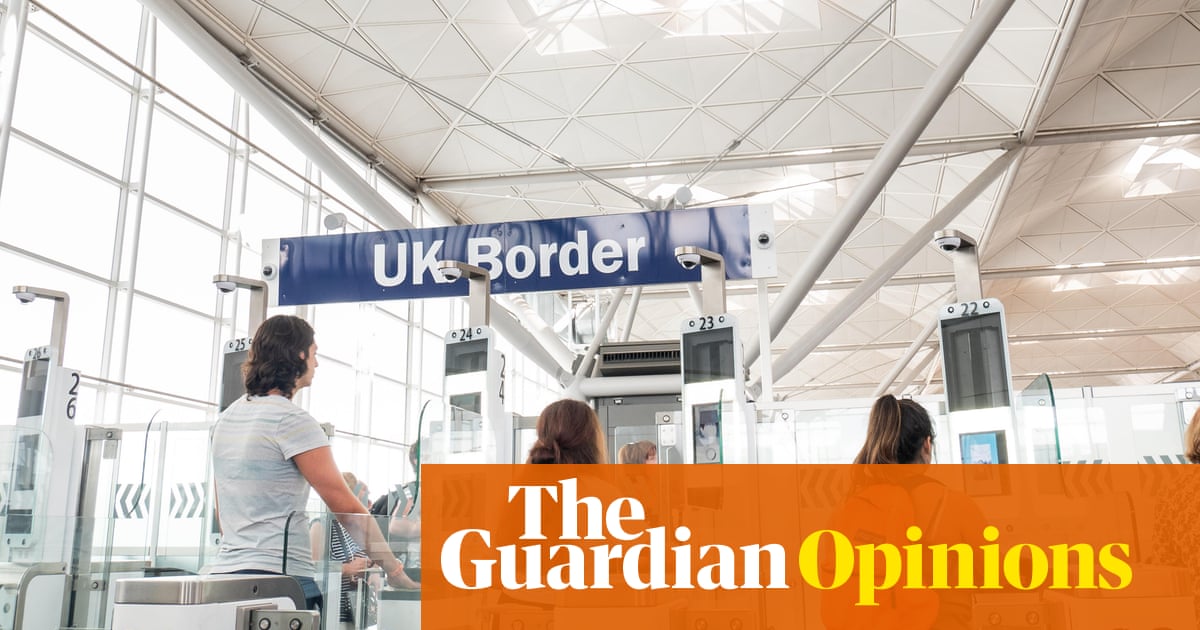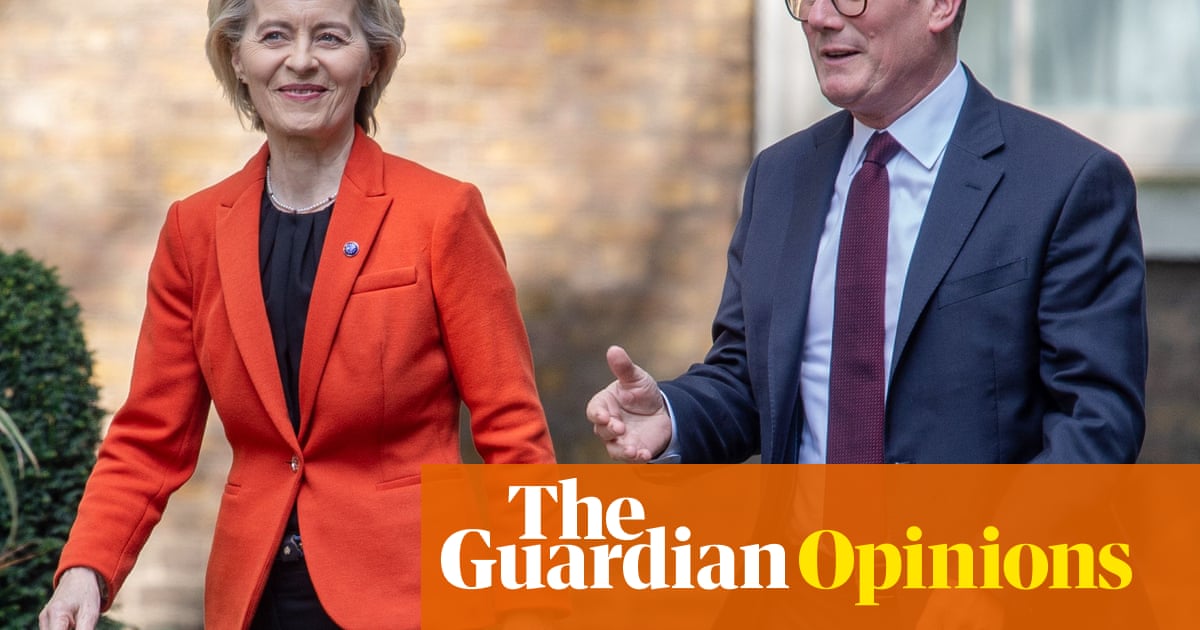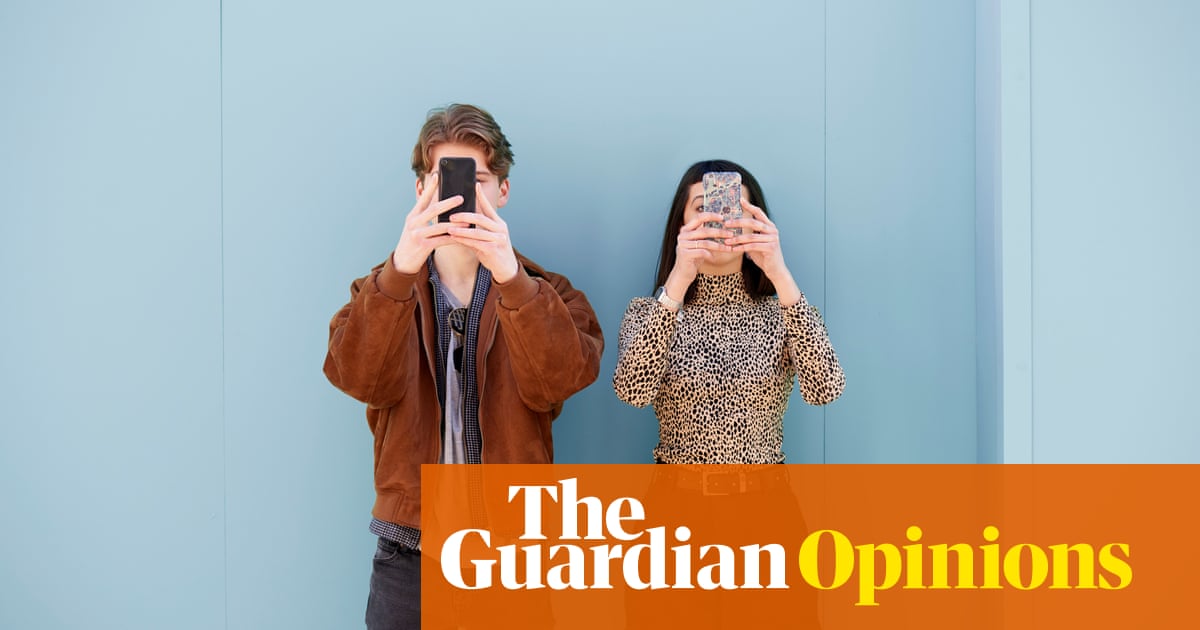In the year since I moved into my flat, I’ve received a few notes under the door.
Some were warm welcomes – most notably, a Swiftie-style friendship bracelet from my downstairs neighbour, who’d heard me (“very faintly!”) listening to the new album. Others were Christmas cards, or courtesy notes warning of forthcoming maintenance or outages.
Then, there were the requests – to turn the volume down or make some other small accommodation that’s necessary when living among others.
The other day, I returned from running errands and glimpsed a scrap of cardboard on the mat. Somehow I knew it belonged to the latter category.
Could I “PLEASE” break down large cardboard boxes and put them inside the recycling bin instead of sliding them in between, read the anonymous note, adding: “It makes the area look like a rubbish dump!”
I felt a flush of irritation. Was twice-underlining the “PLEASE” really necessary, on top of the caps? Would it have not been friendlier to sign their name?
Then, the fit of pique passed. The request was completely reasonable, and my quibbles didn’t make me any less wrong.
This minor run-in made me think about community – what we mean by it, and what it asks of us.
The word is used freely, to describe all kinds of aggregates. It can encompass people whose daily lives are closely intertwined through their jobs, home life or hobbies and those who simply follow the same Instagram influencer or like the same brands.
When it’s real, present and felt, community can be a source of social connection, belonging, shared purpose and meaning. More often – and increasingly, in the absence of other social safety nets – it’s invoked in the abstract as something we desire, or should be working toward.
The benefits of strong relationships and social support are well-documented and indisputable. Earlier this month, the outgoing US surgeon general, Vivek Murthy, prescribed community as a balm for the “pain, disconnection and division” of the contemporary status quo.
The word “community” has warm, fuzzy connotations. But a siloed, individualistic culture also makes it harder to establish and maintain community; creating a shared identity and spirit of reciprocity takes effort and is not always comfortable.
We may say community is the future, the cure for what’s ailing us about modern life and, as Murthy put it, “the irreplaceable foundation for our well-being” – but are we prepared for the challenges of creating it?
In August 2016, when Charles Vogl’s book The Art of Community was first published, people heard the title “and thought I was talking about singing Kumbaya around the campfire”, he says.
Vogl outlined “seven principles for belonging” in his book, developed during his time volunteering at a homeless shelter in Santa Ana, California, and in the Peace Corps in Zambia; labour organising in New York; and studying faith traditions at Yale University, among other roles at other organisations. Today, Vogl advises tech companies and organisations on how to build community.
As Murthy and others have emphasised, social isolation is a public health issue, associated with an elevated risk of anxiety, depression, heart disease, dementia, stroke and premature death. But inflation and the high cost of living are eating into individuals’ leisure time, depleting their availability and energy for socialising. “People work so hard, they don’t have time to go to potlucks,” Vogl says.
Because people increasingly socialise online, there also has been an “actual erosion in social skills”. For younger people in particular, the loss of experience and opportunities throughout the pandemic has resulted in a lower appetite for social risk, he says: “They’re more comfortable texting than they are talking.”
Factor in lower religious affiliation, falling social trust and the time-honoured (though possibly declining) trend of moving every few years, and community is indeed in danger of becoming a fabled good, Vogl says.
Community can also – knowingly or otherwise – be mis-sold. A group of artists or athletes, for instance, can’t really be considered a community if the prevailing feeling is of competitiveness or resentment, Vogl points out. Even events that explicitly set out to foster community can fall short by being too large, loud or impersonal – what Vogl calls “an arena experience”. Sometimes that is a failure of planning, but it can also indicate the organiser’s shallow investment or transactional intent.
“A lot of people say they want to build community, but their No 1, often only, goal is to extract time, attention and money,” he warns. “There’s a constant calculation of value exchange going on, and at some point that’s going to go south.”
after newsletter promotion
While you might believe you are already part of a community – for instance, in the area where you live – “if you literally don’t know the names of your neighbours … you’re just strangers in proximity”.
For Vogl, a community is defined not by common interests or physical space, but as “a group of people who share mutual concern for one another”. It’s the difference between someone you feel you could call on for help in the event of a 3am plumbing emergency, versus “someone you technically ate pizza with” once.
Key to that, Vogl continues, is commitment with no expectation of return. “For this to really work, and to fill the emotional – I would even say spiritual – hole, there has to be generosity,” he says.
Generosity has been so neglected in the conversation about community that, in Vogl’s revision of The Art of Community, forthcoming in March, he has added it as a criterion.
That’s not to say community is an open invite or one-way exchange. Boundaries are important, Vogl says, not necessarily for keeping people out, but “to make the inside safe”.
Still, he adds, the need for us all to try to foster community is greater than many of the potential negative consequences. Merely extending an invitation – to come over for a cup of tea or accompany you on a trip you’re already making – signals your willingness to connect, Vogl says: “Whether the invitee accepts or not, they believe they know somebody who has the power to bring people together.”
With time, such small steps can lead to something bigger, more deeply rooted and sustaining. Stopping to chat with your neighbor, instead of nodding a quick hello on your way out, paves the way for a more familiar relationship and the “mutual concern” that Vogl says defines community.
It doesn’t need to be intimidating, but it does require consistency and commitment, without any expectation of return. There may be an element of social discomfort – of putting ourselves out there or risking rejection. But, Vogl adds, “isn’t that true about everything good in life?”
I want to feel part of a community, to know my neighbours, and be known as a “local” or a “regular”. That takes time – but I’ve been glossing over the associated effort, as my half-hearted recycling goes to show.
My neighbour was right to call me out. I may have saved myself a few extra minutes by not breaking down my boxes – but I could gain something far greater, by taking the extra care.

.png) 3 months ago
31
3 months ago
31




